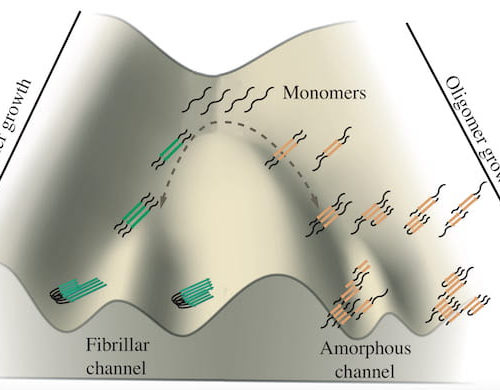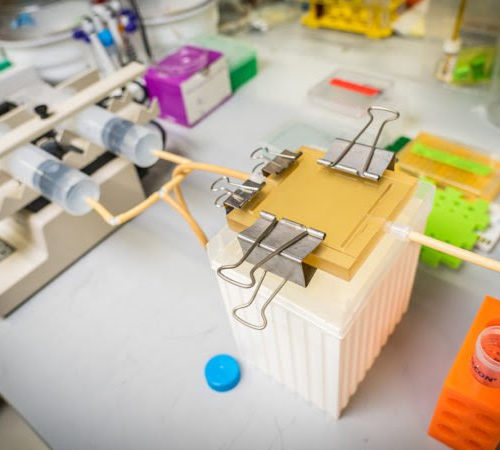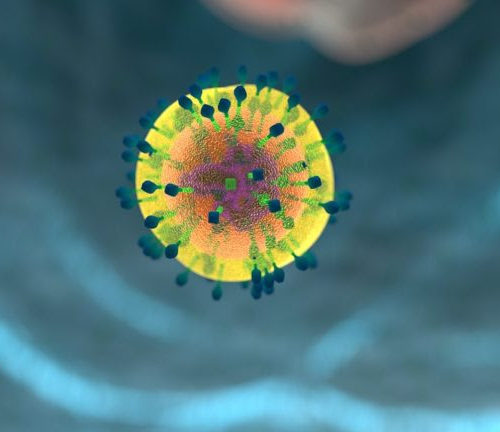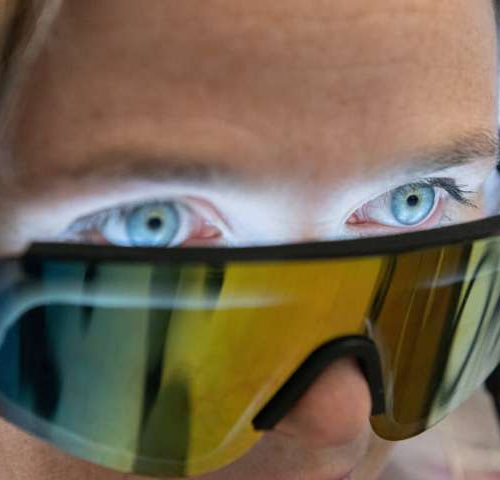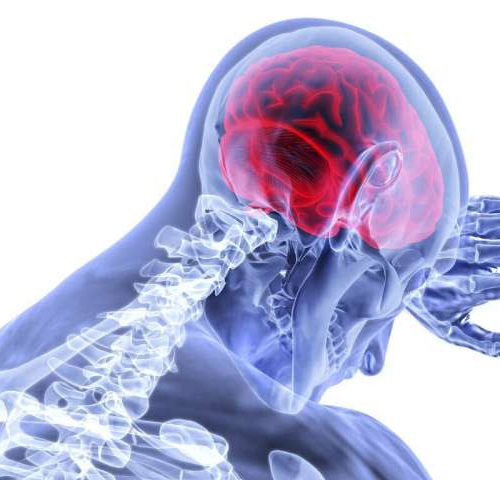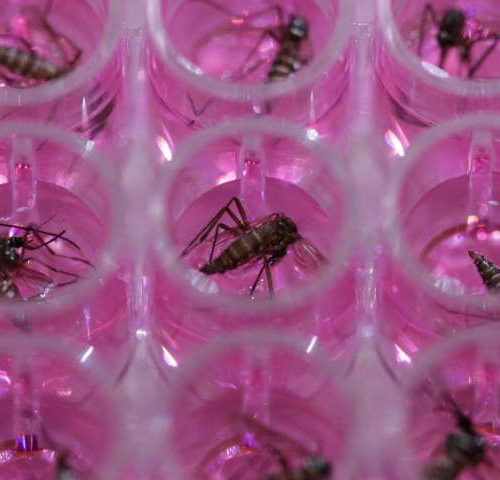New simulations by Rice University scientists tell a tale of two taus and how they relate to neurological disease. Their work suggests tau proteins take either of two paths to form aggregates suspected of promoting, and perhaps causing, Alzheimer’s and Pick’s (aka frontotemporal dementia) diseases. Precisely why remains a mystery, but figuring it out offers...
Researchers Identify Cancer Cell Defect Driving Resistance to CAR T Cell Therapy
Some cancer cells refuse to die, even in the face of powerful cellular immunotherapies like CAR T cell therapy, and new research from the Abramson Cancer Center of the University of Pennsylvania is shedding light on why. In a new study, researchers describe how a death receptor pathway in the cancer cell itself plays a...
Loss of Lung Function Correlates with Epigenetic Age Acceleration
Epigenetic clocks are a topic of considerable interest in the research community. They are perhaps the most promising of the present techniques for assessing biological age, the closest to becoming a useful biomarker of aging. Epigenetic clocks are weighted algorithmic combinations of the DNA methylation status of various sites on the genome, reflecting changes that...
Study identifies interaction site for serotonin type 3A and RIC-3 chaperone
TEXAS TECH UNIVERSITY HEALTH SCIENCES CENTER To address the receptor dysfunction associated with several serious neurological diseases, Michaela Jansen, Pharm.D., Ph.D., from the Texas Tech University Health Sciences Center School of Medicine recently completed a study that provides novel insights into a protein-protein interaction that may one day lead to more effective treatments for these...
Assessing ‘Stickiness’ of Tumor Cells Could Improve Cancer Prognosis
A team of researchers led by the University of California San Diego has created a device that measures how “sticky” cancer cells are, which could improve prognostic evaluation of patient tumors. The device is built with a microfluidic chamber that sorts cells by their physical ability to adhere to their environment. Researchers found that weakly...
Microsized Bacterial Bait Could Provide New Treatment for Infections
Micromotors that swim to infected sites in the body to lure, trap and destroy bacteria could offer a more efficient form of treatment against pathogens. Nanoengineers at the University of California San Diego have developed a “microtrap” that zips around in an acidic environment (like that found in the stomach) and serves as a toxic...
Flickering light mobilizes brain chemistry that may fight Alzheimer’s
by Ben Brumfield, Georgia Institute of Technology For over a century, Alzheimer’s disease has confounded all attempts to treat it. But in recent years, perplexing experiments using flickering light have shown promise. Now, researchers have tapped into how the flicker may work. They discovered in the lab that the exposure to light pulsing at 40...
Brain study identifies possible causes of ethnic pain disparities
by University of Miami In her Social and Cultural Neuroscience Lab at the University of Miami, assistant professor of Psychology Elizabeth Losin investigates the mechanisms underlying racial and ethnic disparities related to pain and pain treatment. She looks at the role the brain plays using functional MRI (fMRI) and the impact of social and cultural...
Army develops big data approach to neuroscience
by The Army Research Laboratory A big data approach to neuroscience promises to significantly improve our understanding of the relationship between brain activity and performance. To date, there have been relatively few attempts to use a big-data approach within the emerging field of neurotechnology. In this field, the few attempts at meta-analysis (analysis across multiple...
A roadblock for disease-causing parasites
by University of Pennsylvania The thread-like parasite Dirofilaria immitis, causes canine heartworm, a debilitating disease in dogs. A related parasite, Brugia malayi, infects humans and is one of the parasites responsible for lymphatic filariasis, a neglected disease that affects 120 million and can give rise to elephantiasis, characterized by disfiguring and painful swollen limbs. Both...

